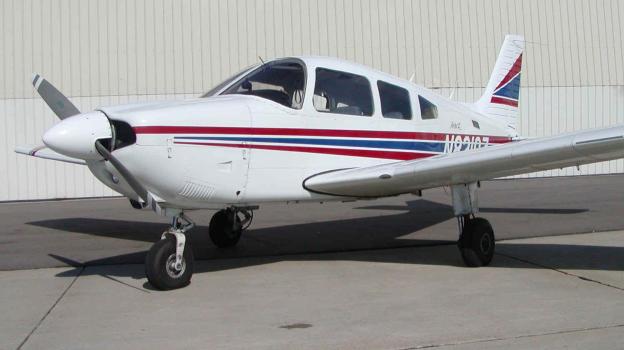
Launching in six new cities around the United States today, OpenAirplane is a service for pilots that simplifies the process of renting a small aircraft. As standard practice, a pilot that wants to rent a plane from an owner or rental company has to prove their skills prior to getting the keys for a solo flight. It can be expensive to run through these tests, both for the pilot and the rental company, and it can take a significant amount of time. Alternatively, OpenAirplane requires pilots to undergo a certification with an instructor on a specific type of aircraft once and take a safety exam once a year to remain an authorized user of the service.

On the flip side, the aircraft owner can read reviews of the pilot in order to feel comfortable with the rental. With a reputation system in place, both pilots and owners will likely feel compelled to take good care of the aircraft.
OpenAirplane is free to use for both pilots and owners, however the company does take a percentage of the total rental revenue. Regarding locations, pilots will be able to find aircraft for rent at airports within Los Angeles, Chicago, New York, San Jose, Detroit and Kissimmee, FL. There is one restriction though. Pilots are required to return the aircraft to the rental location. There’s no system in place in which an OpenAirplane user could rent a plane and drop it off in another authorized OpenAirplane location. According to an interview with Mashable, OpenAirplane are likely to expand into nine new locations soon and have fifty more in the works.


